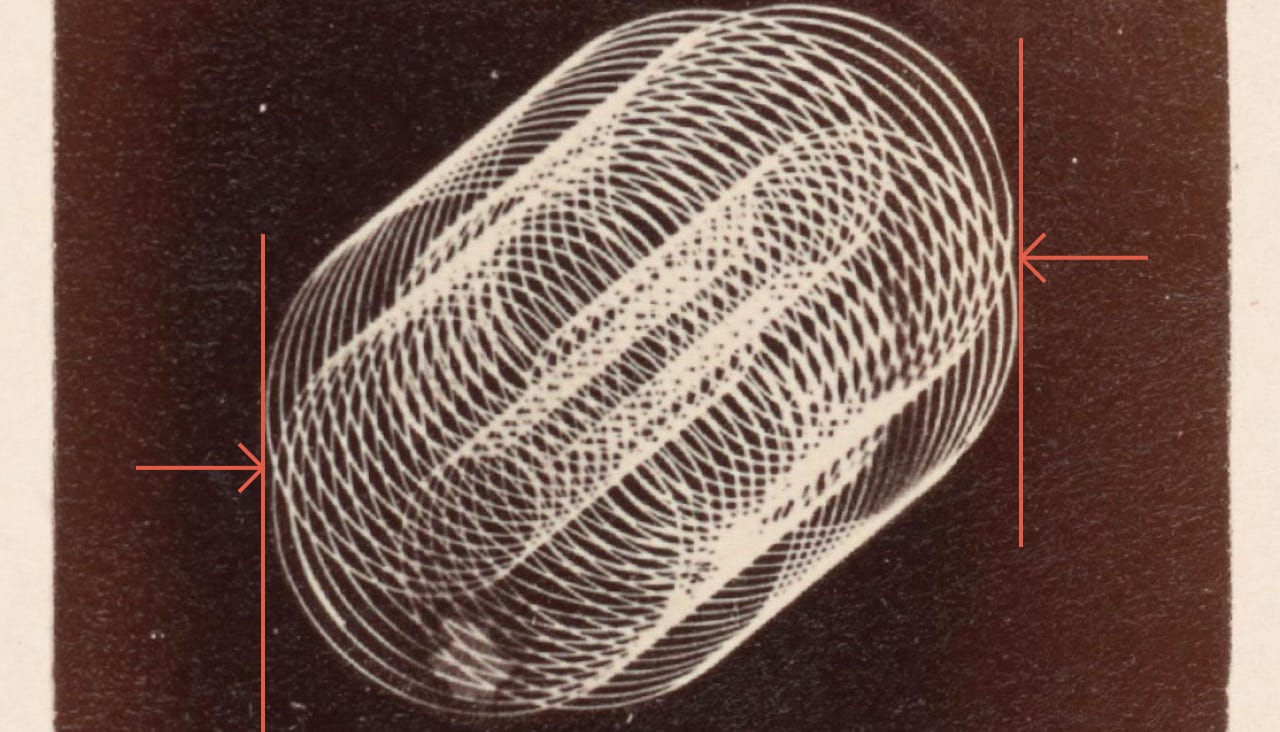Aligning Aesthetics
It’s not just taste – it’s triage, tolerance and a little Yacht Rock
Align your aesthetic with the founder. It sounds like a fairly simple imperative. I’m not saying the two of you need to be the Bauhaus Brothers and geek out on Oskar Schlemmer.
Even if you have to explain color theory (you’ll have to) to your founder, aesthetic alignment is mostly the ability to see past your personal preferences to create a look & feel that’s appropriate for the company. But having lived through both the dream and the dumpster fire, I can say that “alignment” is less about typefaces and more about shared instincts for when to push, when to punt, and what you’re both willing to ship.
Let’s break it down into four key types of alignment: not just aesthetic, but operational, philosophical, and practical.
1. Shared Taste (Or at least, overlap)
Maybe the founder went overboard at Desigual, but hey — they picked some Herman Miller office chairs. Maybe you both love The Creative Act or The Bear – that’s a decent start! One time a CEO I partnered with was obsessed with this absurd Yacht Rock series on YouTube. I’m no stranger to the Steely Dan, so I rode that Venn diagram of vibes all the way to the collapse.
At least it helped me make some educated bets on where to steer the brand along the way. Not as desirable as product-market fit, but I’ll take it.
2. Tolerance for ‘Good Enough’
Alignment on taste is nice. Alignment on what’s shippable? Critical.
If you and the founder can agree on where the pixel pushing stops and shipping an MVP begins, you’ll both be pushing the business model in the same direction. Some founders want pixel-perfect mockups before a single line of code. Others are happy launching a button that looks like it was hot-glued to the page. Most startups can’t afford to gold-plate every screen, especially early on. If you and the founder can agree on when to stop polishing and start shipping, you’ll move faster and stay sane.
This is less about compromising your standards and more about understanding what level of craft supports the business at each stage, and when the pursuit of “perfect” is just another form of procrastination.
3. Product Velocity & Roadmap Philosophy
This is where aesthetics meet execution.
If you’re constantly pivoting with no clear strategy — launching disconnected MVPs with varying levels of UX entropy — it’s probably time to start updating your portfolio. Fast shipping is fine. Chaos isn’t. Personally, I thrive in orgs with clear priorities, staged rollouts, and space to iterate. But if you love moonshots and can sleep at night after pushing five broken flows into prod, more power to you. Just know your limits — and find a founder whose comfort zone matches yours.
4. Are They REALLY User-Centric?
If your startup “doesn’t have time” for user feedback, you’re already losing.
I’ve worked at companies that shipped everything behind feature flags — no staging, no QA, no test cards — just a flimsy hypothesis. It’s fine until it’s not. If no one is advocating for the user experience, your job becomes an exercise in brand damage control.
At the very least, you should be able to ask: “Have we tested this with anyone?” And not be laughed out of the room.
TLDR: You Don’t Have to Marry Your Founder. But You Do Need to Share Some Design Values.
This isn’t just about color palettes and typography. It’s about whether you can build something together. Something that ships, works, and reflects both of your standards.
Alignment is part taste, part tolerance, and part timing. Get those right, and the rest can follow. I’ve been there, it’s more than what a fool believes.









Can't give into pier pressure...